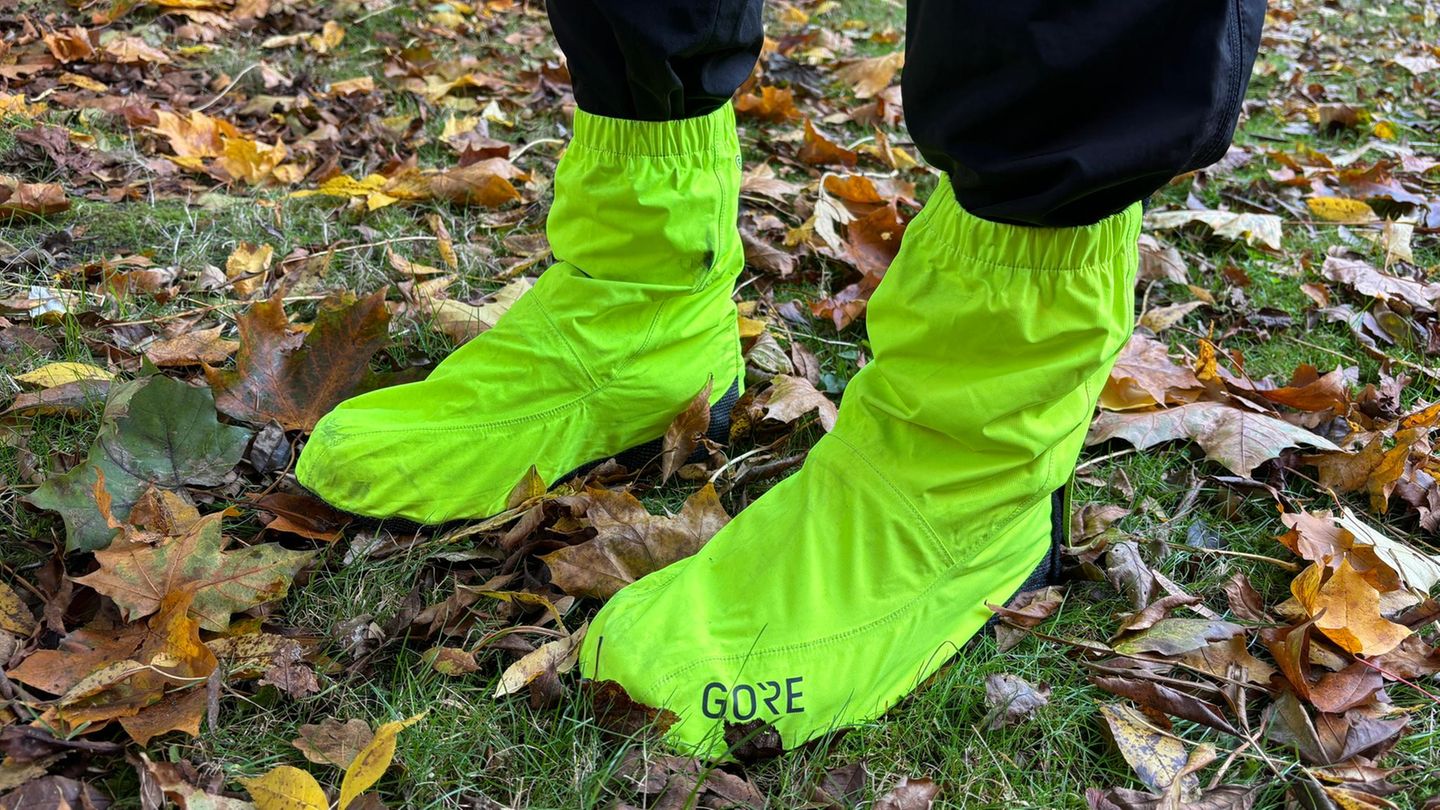Social media like TikTok are personalized. This means that their users see what interests them. The algorithm, as the mechanism calls itself, is not only refined, but also dangerous. Extreme example is the case of the Villach IS assistant who stood up for passers-by in mid-February and killed a 14-year-old. He had radicalized on the Internet within a few weeks.
Shocking examples
Ingrid Brodnig showed how social media drift into another world on Wednesday at a conference of the Children’s and Youth Prosecutor’s Office in Upper Austria on the subject of “Digitization and (DE) radicalization” in the Linz Castle Museum. “If I look at a little twice or stay on it longer, this content may be played out more,” said the author and journalist. She referred to an investigation by the Wallstreet Journal. For this purpose, 100 fake accounts were created on Tiktok, which were provided in some cases. For example, 90 percent of a account consisted of sad content after only 30-minute use because such a melancholic video was watched at the beginning.
Caught in the network of radicals
But how do you get out of this “network”? It wasn’t that easy, said Brodnig. “On TikK or Instagram there are definitely settings that I can reset the feed,” she said. “But even after reset, radical content is suggested again, and so you can quickly tip back in.”
Recognize stitches
If someone moves far from the rest of society, it is a warning signal. The most important thing is to be able to recognize the “mesh” of the radicals. “I already have the hope that children and adolescents at school and in the social area will be given the tools,” said Brodnig.
Much in hidden
The host of the conference, Upper Austria’s children’s and youth lawyer Christine Winkler-Kirchberger, is increasingly observing radicalization tendencies in her work. “We are repeatedly told about swastikas on school benches or Hitler greetings in classrooms,” she said. It is even more problematic what happens in hidden on social media. In contrast, the children’s and youth lawyers are doing prevention offers. Of the 4,500 consultations a year, the largest chunk – around a third – is omitted to violence, bullying and exclusion at school and on the Internet.
“}”>
Image: Land Ooe Andreas Krenn
Source: Nachrichten




